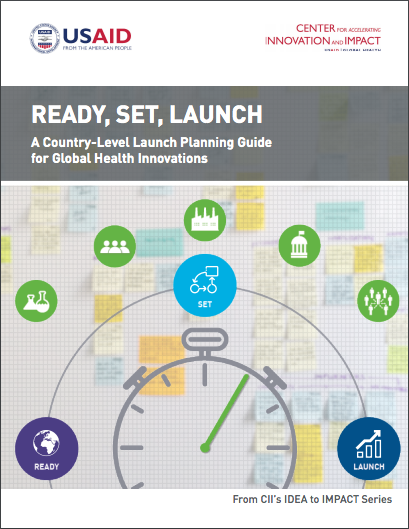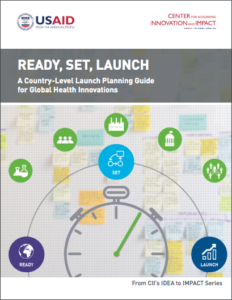
Closing Out the Year at Global Health Events in Washington



This week, Gradian went down to Washington, DC to participate in two important global health events. On 7 December, we joined the National Academies of Science, Engineering and Medicine for a committee meeting on “Global Health and the Future of the United States.” The meeting was organized as a platform to hear from leading topical experts on the health priorities for the next several years, which will inform a set of recommendations presented to the incoming presidential administration next month.
While the meeting focused on a broad range of issues and initiatives, it was a valuable opportunity to see how industry leaders were positioning their work in the context of a new administration that has not laid out its agenda for global health. It was also encouraging to be joined by colleagues from the G4 Alliance to advocate for safe surgery to be included in the recommended focus areas. In light of shifting priorities – not just in global health but in the broader international development field – it will be even more critical to keep the pressure on the US government to sustain its commitment to healthcare in developing countries, and continue supporting safe surgery efforts around the world.
 The previous evening, we helped USAID unveil its Ready, Set, Launch planning guide for global health innovations, in which Gradian is a featured case study. Our VP of Market Strategy – Lina Sayed – joined an impressive panel of leaders to share lessons and failures around developing, distributing and scaling health technologies in low-income settings. Panelists from CHAI, Medtronic, the Maternal and Child Survival Program (MCSP) and Gradian emphasized not just the importance of designing products that are appropriate for the environment and the user, but designing business models that can effectively and affordably deliver them.
The previous evening, we helped USAID unveil its Ready, Set, Launch planning guide for global health innovations, in which Gradian is a featured case study. Our VP of Market Strategy – Lina Sayed – joined an impressive panel of leaders to share lessons and failures around developing, distributing and scaling health technologies in low-income settings. Panelists from CHAI, Medtronic, the Maternal and Child Survival Program (MCSP) and Gradian emphasized not just the importance of designing products that are appropriate for the environment and the user, but designing business models that can effectively and affordably deliver them.
“Having a good product is not enough; we need incentives for everyone involved in the distribution and delivery of global health innovations.” –Lina Sayed